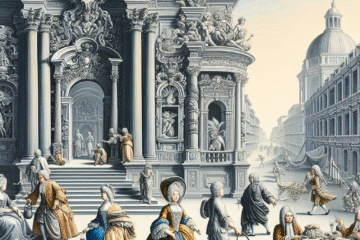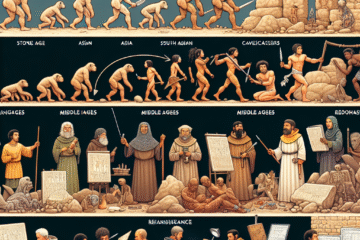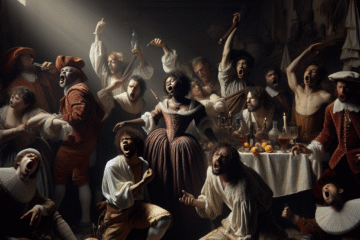The Global Baroque: Beyond Europe
Introduction: Rethinking the Baroque When we speak of the Baroque, images of opulent cathedrals in Rome, shadow-laden canvases by Caravaggio, or the grandeur of Versailles often spring to mind. Yet, Baroque was never just a European phenomenon. As empires expanded, trade flourished, and missionaries traveled, the Baroque style traversed continents—morphing, adapting, and merging with local traditions in astonishing ways. What emerges is a picture of a fluid artistic language, simultaneously global and deeply local. This Read more…





